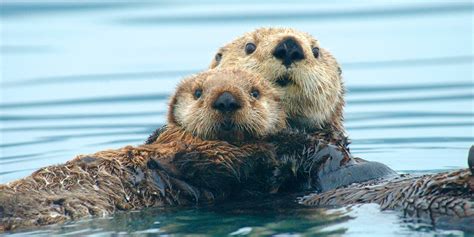The city of Thunder Bay is known as the “Gateway to Northwest Ontario” and the 150,000 lakes and rivers in the area. Visitors come to experience rolling mountains, majestic forests, and Lake Superior—North America’s largest freshwater lake and, by many measures, one of the healthiest. Cruise companies are picking up on the region’s natural offerings. One 2025 Viking cruise, marketed as the “Undiscovered Great Lakes” voyage, will take passengers from Thunder Bay to Milwaukee to “hike boreal forests, watch for wildlife and learn about Anishinaabe First Nations heritage.” An eight-day voyage on these floating hotels with swimming pools, buffets, theatres, and spas starts at about $9,000 per person.
Cruise ships have been coming to Thunder Bay since 1996 but paused for some time amid infrastructure issues and changes in popular cruise ship itineraries. Following improvements to the city’s marina and cruise terminal, luxury cruiser fleet operators like Viking returned in 2022 after a decade-long absence. Now, while the global cruise industry battles growing concerns over its emissions, noise, and pollution, 2024 is set to see a record of seventeen cruise ships in the lake port from late spring into fall.
This pattern is expected to boom, creating tension between tourists who want to experience “unexplored” nature and the fact that the very act of arriving on cruise ships is poised to ruin the things drawing them to the region. Lax Canadian cruising regulations allow for luxury cruises to sail through giant loopholes in environmental protections.
In 2022, Transport Canada implemented interim measures for cruise ships to follow, including avoiding grey water and sewage discharge within three nautical miles of the shore and appropriately treating sewage, with filtration and chemical procedures or through biological composting, when possible. Its second interim order, a copy-paste of the first, expired in June this year. Now the agency has further renewed the interim order until 2025—which Stand.earth has called a “lazy” approach, especially given the increased number of cruise ships in new areas.
Lax Canadian cruising regulations allow for luxury cruises to sail through giant loopholes in environmental protections.
Shocked Pikachu face (/s)
Gross
“As soon as that boat [comes] in, it gets loud. You don’t notice it at first, but the hum is there, and every animal splits.”
Hmm. I wonder if there’s an engineering solution for that one. Is it coming from the engine, or the turbine? If it’s the engine you’d think they could muffle it very well with just a bit of a fuel penalty, and they would want to just so those animals are still around to gawk at.
Barford says the biggest loopholes are the lack of independent monitoring to ensure cruise ships are actually following regulations, and the unregulated use of a technology called “scrubbers.” Scrubbers are devices on ships to treat exhaust gases. They take sulphur from fuel and put it into the water in the form of waste water, essentially turning air pollution into water pollution.
Yes, I’ve heard anything marine tends to be lawless. Fishing boats use straight up slaves semi-often. My experience matches with the city official quoted that cruise companies voluntarily take measures semi-often, because unlike most boats they can afford to manage tiny details. But, as we all know, greenwashing is a perpetual temptation for any corporation.
I think we should ban cruise ships from the great lakes. They burn fuel, leak oils, disrupt the environment with noise, dump wastes in the water, lose garbage from litter and wind, and will ultimately pollute the great lakes. There is also a risk of invasive species being moved around if the ships travel from one lake to another.
Just ban them all together. They are a combination human rights violation, environmental disaster and disease factory.
Pepe is a moron and class traitor. Fuck Pepe.





